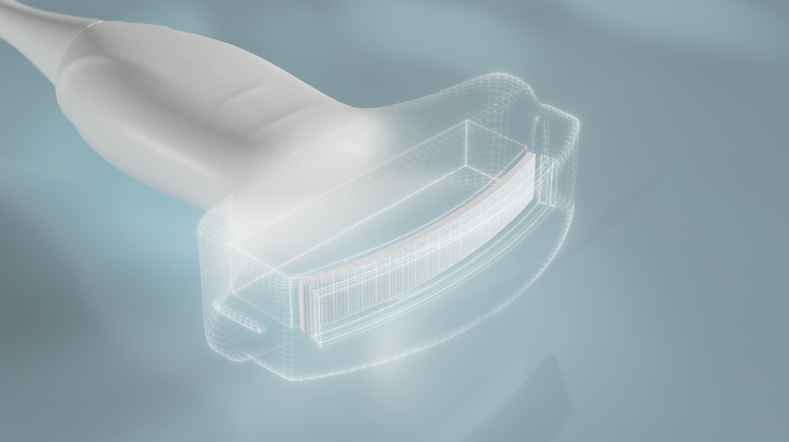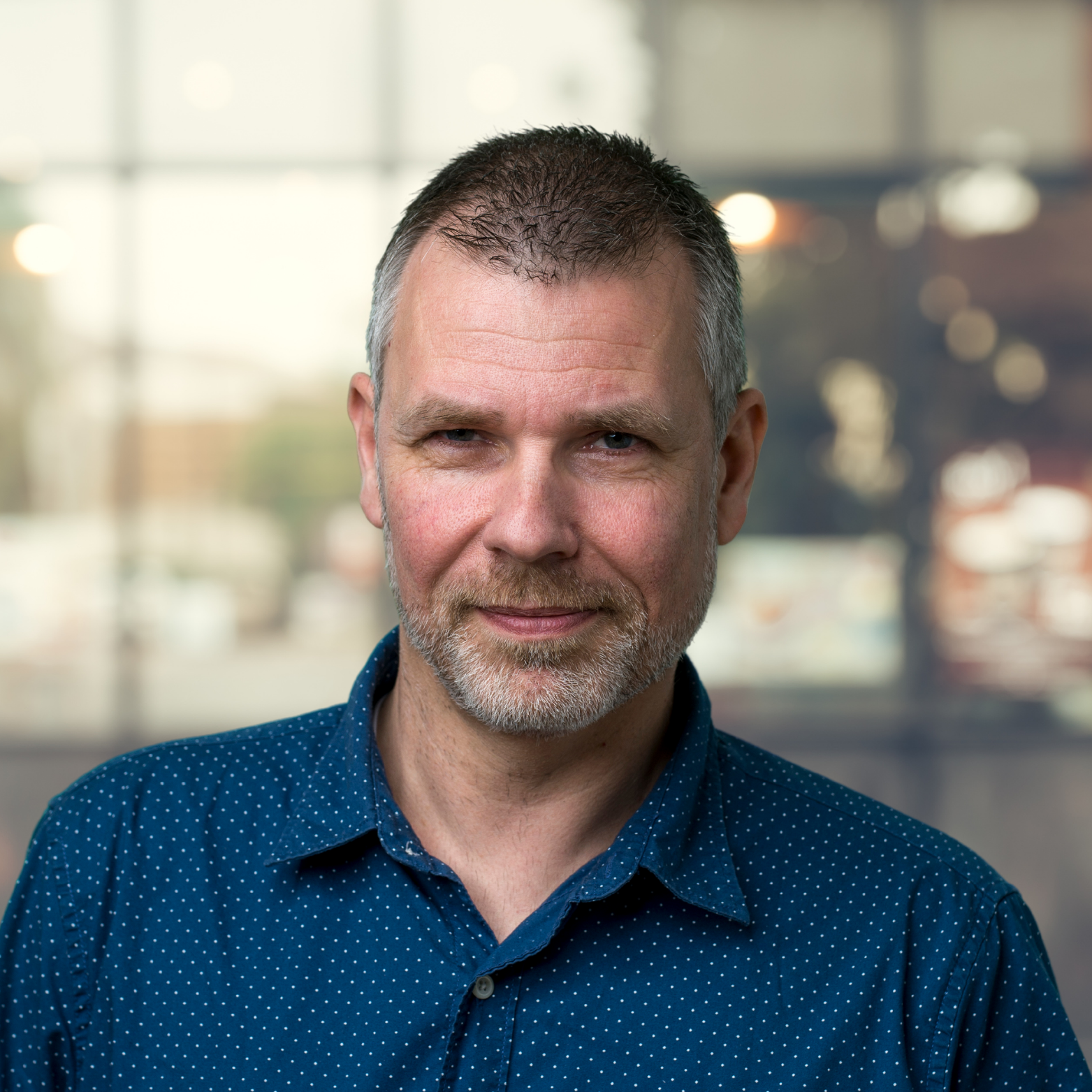
Monitoring your health using light: TNO designs wearable optical sensors
Wearable biosensors that use light and detectors to provide real-time feedback on our health. They're not only a useful tool to prevent health problems, but some people even owe their lives to them. It's very important, therefore, that these devices are accurate. At TNO, we have the knowledge and facilities to make sure they are.
Why wait for someone to develop health problems? There is an increasing emphasis on prevention and early diagnosis within the healthcare sector. Portable devices play an important role in this because these wearables enable continuous monitoring of key health parameters.
This helps prevent expensive treatments and ensures that people age in a more enjoyable way. The use of innovative photonics or light-based medical devices plays an important role in this. Not just in hospital and primary care, but especially in people's home situation.

If in the future people will be able to have their health monitored easily in their homes thanks to skin patches.
Various health parameters
Within Medical Photonics, TNO focuses, among other things, on wearable sensors that shine light through human skin. Detectors measure how that light behaves. Thanks to a special algorithm, various health parameters can be monitored, including oxygen saturation (SpO2), hemoglobin levels, heart rate, blood pressure, and hydration.
Not so long ago, this was only available in large hospital instruments, but nowadays this kind of technology is also incorporated in smartwatches and other wearable devices to measure your health parameters. Incidentally, some devices do this better than others, and the differences in quality can be quite significant.
Stricter requirements for medical devices
These kinds of wearables are also playing an increasing role in the medical world. They are often used for diagnosis. When someone has had surgery, they can also be used as an aid to monitor recovery, for which they are now regularly used. It’s crucial that the measurement results of these medical devices comply with the applicable medical guidelines. There are much stricter requirements for medical devices than for wearables that are not a medical device.

Non-medical wearable sensors
‘In addition to our focus on professional medical products, we also enjoy working with companies making non-medical wearables. Smartwatches, for example, or other fitness trackers. A well-functioning sensor is also of great value for sports applications. We’re happy to help manufacturers improve their devices where we strive to ensure that those devices also display truly representative results.’
A clear picture of oxygen saturation
For example, if you look at the measurement of oxygen saturation, i.e., SpO2, you’ll see that smartwatches, which are not a medical device, easily have a measurement error of 10%,’ explains Michiel Oderwald, Senior Business Developer at TNO in the field of Medical Devices. ‘But during the pandemic, we saw how important it is to get a good picture of oxygen saturation. A value of 97% to 100% is normal. If the value falls below 90%, that’s a sign that something is wrong, and you should see a doctor. So, the inaccurate, non-medically approved SpO2 sensor of a smartwatch shouldn’t be used medically because you risk sending someone to the doctor way too late.'
TNO has mastered all the steps
There is quite a lot at stake. ‘As TNO, we’re also very aware of this,’ Oderwald stresses. ‘We’re designing new wearables that take health measurements based on tissue optics. We're also improving existing ones. And we're involved in developing, analysing, building, and testing clinical prototypes.
So, we've mastered all the necessary steps, right down to creating better algorithms and validating them on artificial tissue and human subjects. By the way, we do all this in close collaboration with universities, medical centres, and our industry partners.’

No two skins are the same
The big challenge in sensor design is that no two skins are the same. On top of that, the skin also changes due to, for example, activity, hydration, and temperature. It’s important that the sensor works reliably, regardless of the skin type it’s placed on.
Help from supercomputers
To calculate the interaction of light on tissue for each specific sensor configuration, TNO uses a tissue-optical analysis tool: TOMCA (Tissue Optics Monte Carlo Analysis Service). With this, it’s possible to create thousands of different skin types, with variations in skin layer thickness, skin colour, fat percentage, and blood flow, and the naturally occurring variations thereof. A number of supercomputers then make it possible to simulate the optical response to tens of thousands of skin types. This provides a wealth of data that can be used to develop new algorithms or improve existing ones.
Tissue-optics facilities
TNO has several facilities to develop sensors. In these optics labs, specialists have a wide range of light sources and spectrometers. For instance to characterise the optical response of various human tissues.
Artificial tissue, also called tissue phantoms, are recommended for almost every application. They can be used for both sensor validation and calibration. TNO has the knowledge and experience to build three types of phantoms:
- Liquid phantoms, with specific absorption, scattering, and fluorescent properties
- Three-dimensional layered static phantom fabrics, in which the optical properties can be varied for each layer.
- A dynamic microvascular phantom, in which human blood is pumped around with known, adjustable oxygenation.
Thanks to a collaboration with the Center for Man in Aviation (CML) in Soesterberg, TNO also has the ability to test SpO2 wearables in the hypobaric chamber at that complex where air pressure at high altitude is simulated.
Fluorescence to detect tumours
Medical Photonics can also be used to measure what is happening deeper inside the body. For example, it’s possible to inject fluorescent labels with an antibody that adheres to a tumour. By illuminating the tissue with a slightly shorter wavelength, a fluorescent effect with a slightly longer wavelength is created at the site of the tumour. Thanks to a special filter that blocks the shorter wavelength, a camera can then show the exact location of the tumour and its size. In further developing and improving this technology, TNO is working closely with VU University.
Having your health monitored at home
Meanwhile, wearables are constantly being upgraded. To that end, TNO is working on flexible skin patches: a kind of plaster that has a light source, detector, and battery on board and is able to transmit data. And all so small that the wearer hardly feels a thing.
A skin patch like that can do its monitoring work for an extended period of time without any problems. ‘That way, doctors won’t have access to just one diagnostic measurement, but to monitoring data from a long period of time. This "longitudinal" data contains more, and therefore often more reliable, information. For example, taking blood pressure.
If the GP does it, just his or her presence can make someone nervous, which will raise the heart rate and blood pressure a bit,’ Oderwald explains. If you measure your blood pressure throughout the day, you get a more reliable measurement of your average blood pressure and, on top of that, you can also measure when in the day you experience more stress.
Pleasant, timesaving, and a better picture
‘If in the future people will be able to have their health monitored easily in their homes thanks to skin patches, it will not only be more pleasant for them, but it will also save GPs and other medical specialists time. And the measurements will give a better picture of the real situation. On all counts a positive development, which is also entirely in line with the current trend within the healthcare sector, with a greater focus on prevention and early diagnosis.’
Find out more and get in touch
Curious to learn more about our work in the field of Medical Photonics?
Get inspired
IPUT® The Integrated Photonic Ultrasound Transducer


TOMCA: tissue-optical analysis of wearable medical sensors


Medical devices


